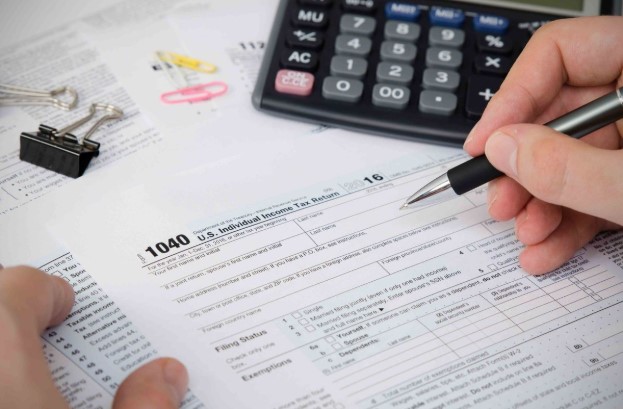Investing is a long game, and every decision—big or small—shapes the final outcome. One factor that often slips under the radar for investors is the Home Equity Line of Credit, or HELOC. This financial tool allows homeowners to borrow against the equity in their property, offering flexibility and liquidity. However, the real game-changer lies in heloc rates. These rates determine how affordable that borrowed capital truly is and how it impacts long-term investment goals.
Understanding The Power Of Borrowed Equity
Equity in a home is more than just a number—it’s an opportunity. Many investors use it as leverage to expand their financial portfolios. By tapping into that value through a HELOC, they can access funds for renovations, business ventures, or even real estate purchases. Yet, the strength of this strategy depends on timing and market conditions. When interest rates are low, borrowing becomes an efficient way to multiply potential returns. But when rates rise, the cost of borrowing quickly erodes profits. The balance between opportunity and caution defines the art of using equity wisely.
The Role Of Heloc Rates In Financial Planning
Heloc rates refer to the interest charged on the amount borrowed from a home equity line of credit. These rates are typically variable, meaning they fluctuate with broader market trends. For investors, this movement can create both risk and reward. A period of low HELOC rates encourages bold strategies—such as purchasing rental properties or diversifying portfolios. However, as rates climb, the monthly payments on borrowed funds increase, squeezing cash flow. That’s why smart investors always plan for rate adjustments before making long-term commitments tied to borrowed equity.
Shaping Investment Returns Through Heloc Rates
Every investor knows that even a small shift in interest rates can ripple through returns. When heloc rates are favorable, they can enhance purchasing power, allowing investors to secure better deals or fund multiple projects simultaneously. For example, using low-rate funds to renovate and resell properties can lead to significant profit margins. But when rates inch upward, the same investment could turn risky. The rising cost of interest eats into returns, making once-lucrative deals less appealing. Understanding these rate trends helps investors align borrowing with their tolerance for risk and timeline for rewards.
Heloc Rates And Long-Term Wealth Strategies
For those playing the long game, heloc rates can influence not only individual investments but entire financial strategies. A fixed low rate allows for predictable planning and stable growth. In contrast, variable rates require vigilance and adaptability. Investors who monitor market indicators—like the Federal Reserve’s rate decisions—are better equipped to adjust. Some may even choose to refinance their HELOCs or shift to more stable funding options when rates become volatile. The key lies in viewing these rates not as obstacles, but as signals that guide smarter wealth-building decisions.
Balancing Debt And Growth Potential
Using borrowed money always carries a degree of risk, yet it’s also a powerful catalyst for growth. The trick is maintaining balance. When heloc rates are low, the temptation to overextend can be strong. But disciplined investors know that not every opportunity is worth the added liability. Long-term success comes from understanding the rhythm of borrowing and repaying, ensuring that debt serves as a tool—not a trap.
Conclusion
Heloc rates may seem like a small piece of the financial puzzle, but they carry enormous influence over long-term investments. Understanding how they ebb and flow helps investors make informed choices, balancing the cost of borrowing against the potential for profit. In the end, success comes not from avoiding risk entirely, but from managing it wisely.

